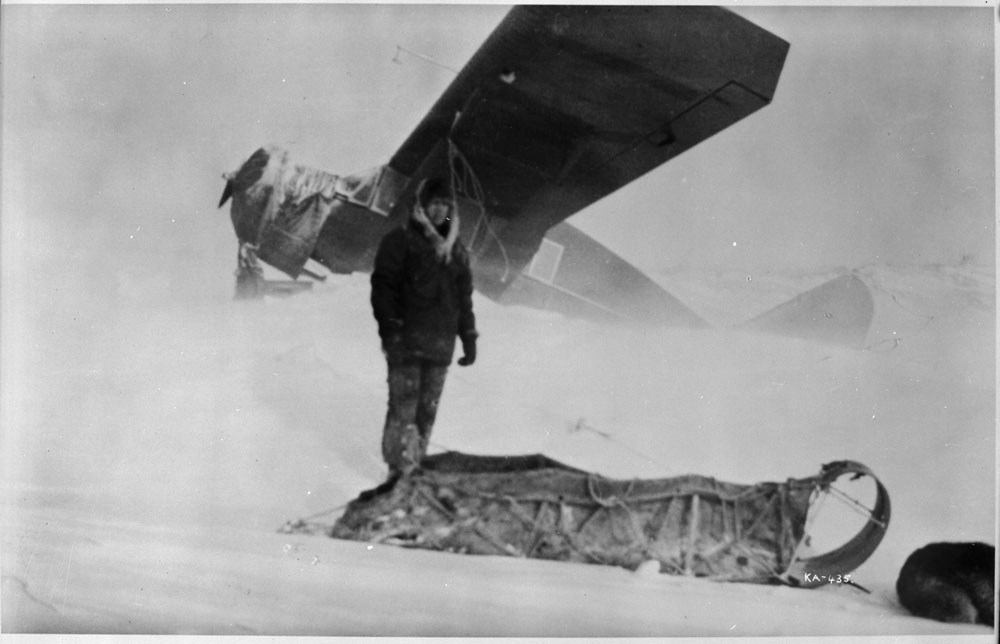Article
Robert Leckie
Robert Leckie, CB, DSO, DSC, DFC, CD, pilot, air marshal (born 16 April 1890 in Glasgow, Scotland, United Kingdom; died 31 March 1975 in Ottawa, Ontario). Robert Leckie was a decorated flying-boat pilot who served in the Royal Naval Air Service in the First World War. Leckie served with the Royal Air Force in the interwar period and was seconded to the Canadian Air Board from 1919 to 1922. After further senior posts in the RAF, he returned to Canada during the Second World War to oversee the British Commonwealth Air Training Plan (BCAPT) from 1940 to 1944. Leckie transferred to the Royal Canadian Air Force in 1942 and served as Chief of the Air Staff from 1944 to 1947.






.jpg)






